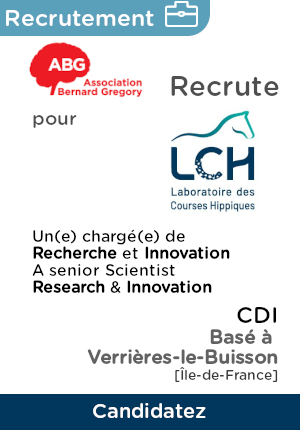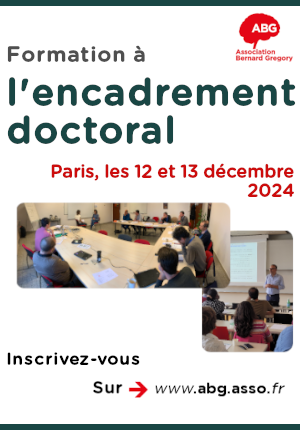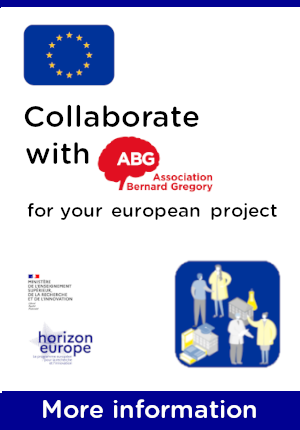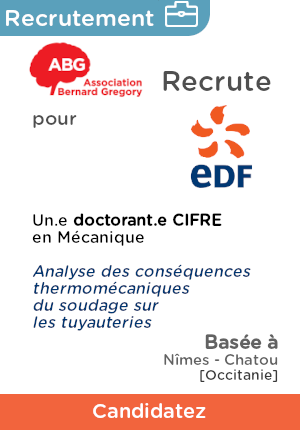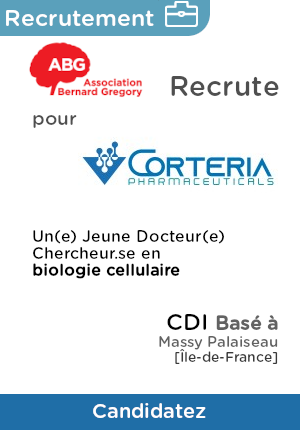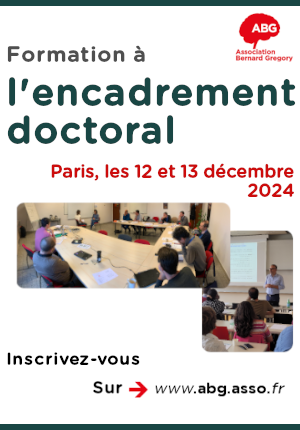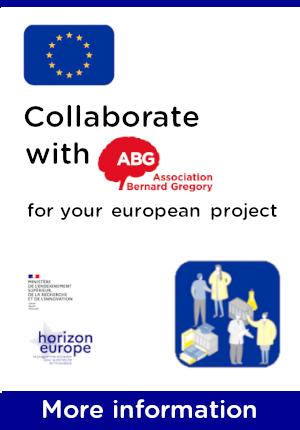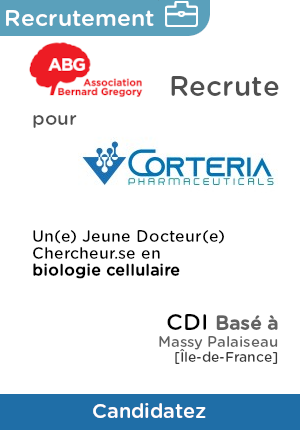Nano-imaging of non-Fourier heat flow
| ABG-125088 | Thesis topic | |
| 2024-07-11 | Public/private mixed funding |
- Physics
Topic description
Efficient heat management is critical for the optimal performance and energy consumption of modern-day electronics. While Fourier’s macroscopic model for heat diffusion has been a valuable tool for homogeneous solids at room temperature, it falls short in describing heat propagation accurately in particular on short time and length scales. This PhD project aims to quantitatively investigate scenarios where the Fourier model breaks down and work towards developing a more physically satisfying model of heat propagation at the nanoscale.
This project will focus on the phonon viscous hydrodynamic transport regime that has recently attracted considerable interest in the scientific community. It is a many-body phenomena that is neither ballistic nor diffusive and emerges when quasi-particles interact strongly with each other without loosing momentum. It appears at low temperatures in very pure material.
The goal of this PhD will be to build a very sensitive and local thermometer to study this effect. This probe is a superconducting quantum interference device (SQUID) deposited at the end of a sharp tip and has already proven to be one of the most sensitive thermometers and magnetometer in a cryogenic environment. By navigating this tip above a surface, one can reconstruct spatial temperature (or magnetic) profiles, gain access to local sources of dissipation and study directly the effect of disorder at the atomic level. It is a very powerful and versatile tool (unique in France) to study quantum circuits and low dimensionality materials. The goal is to use it to map the temperature distribution at a few tens of nm to look for signatures of the non-Fourier behavior.
During this PhD, you will construct the SQUID-on-tip microscope and use it to image the viscous flow of phonons. You will master various condensed matter experimental techniques such as: vacuum generation, cryogenics, metal deposition, electronic microscopy, electric measurements of superconductors and Josephson junctions but also heat transport in quantum materials.
References:
-Halbertal, D. et al. Nanoscale thermal imaging of dissipation in quantum systems. Nature 539, 407–410 (2016). https://doi.org/10.1038/nature19843
-Chen, G. Non-Fourier phonon heat conduction at the microscale and nanoscale. Nat Rev Phys 3, 555–569 (2021). https://doi.org/10.1038/s42254-021-00334-1
-K. Ghosh, et al., Phonon hydrodynamics in crystalline materials, Journal of Physics: Condensed Matter (2022), doi:10.1088/1361-648X/AC718A
Funding category
Funding further details
Presentation of host institution and host laboratory
Le Laboratoire de Physique et d’Etude des matériaux (LPEM) est une unité mixte de recherche (UMR 8213) de ESPCI-Paris, PSL, CNRS, Sorbonne Université. Ses thèmes de recherche principaux sont :
– la Nanophysique, Nanostructures et Nanomatériaux,
– les Systèmes électroniques corrélés et de basse dimensionalité,
– les Techniques instrumentales
Candidate's profile
The candidate must hold a Master 2 in Physics. Background in one or more of the following is a plus: Josephson effect, heat transport, phonons, electronic measurements, metal deposition, instrument interfacing (Python, Matlab, labview…), cryogenics, high-vacuum, large data management and analysis.
Enthusiasm for instrumentation is a necessity.
Vous avez déjà un compte ?
Nouvel utilisateur ?
Get ABG’s monthly newsletters including news, job offers, grants & fellowships and a selection of relevant events…
Discover our members
 CESI
CESI  Aérocentre, Pôle d'excellence régional
Aérocentre, Pôle d'excellence régional  Ifremer
Ifremer 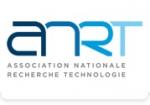 ANRT
ANRT  ONERA - The French Aerospace Lab
ONERA - The French Aerospace Lab  ADEME
ADEME  Laboratoire National de Métrologie et d'Essais - LNE
Laboratoire National de Métrologie et d'Essais - LNE  MabDesign
MabDesign  TotalEnergies
TotalEnergies  PhDOOC
PhDOOC  SUEZ
SUEZ  CASDEN
CASDEN  Groupe AFNOR - Association française de normalisation
Groupe AFNOR - Association française de normalisation  Institut de Radioprotection et de Sureté Nucléaire - IRSN - Siège
Institut de Radioprotection et de Sureté Nucléaire - IRSN - Siège  Nokia Bell Labs France
Nokia Bell Labs France  MabDesign
MabDesign  Tecknowmetrix
Tecknowmetrix  Institut Sup'biotech de Paris
Institut Sup'biotech de Paris  Généthon
Généthon
-
JobPermanentRef. ABG123642Laboratoire des Courses Hippiques (GIE LCH)- Ile-de-France - France

Chargé(e) de Recherche et Innovation (H/F) / Senior Scientist Research & Innovation (M/F)
Chemistry - BiochemistryConfirmed -
JobFixed-termRef. ABG125071KTH- Sweden
ERC-funded postdoc position on the detection of gas-phase organic radicals, KTH, Stockholm, Sweden
Chemistry - Physics - Engineering sciencesAny -
JobPermanentRef. ABG124941Corteria Pharmaceuticals- Ile-de-France - France

Jeune Docteur, Chercheur en Biologie Cellulaire & Moléculaire (H/F)
BiologyAny

